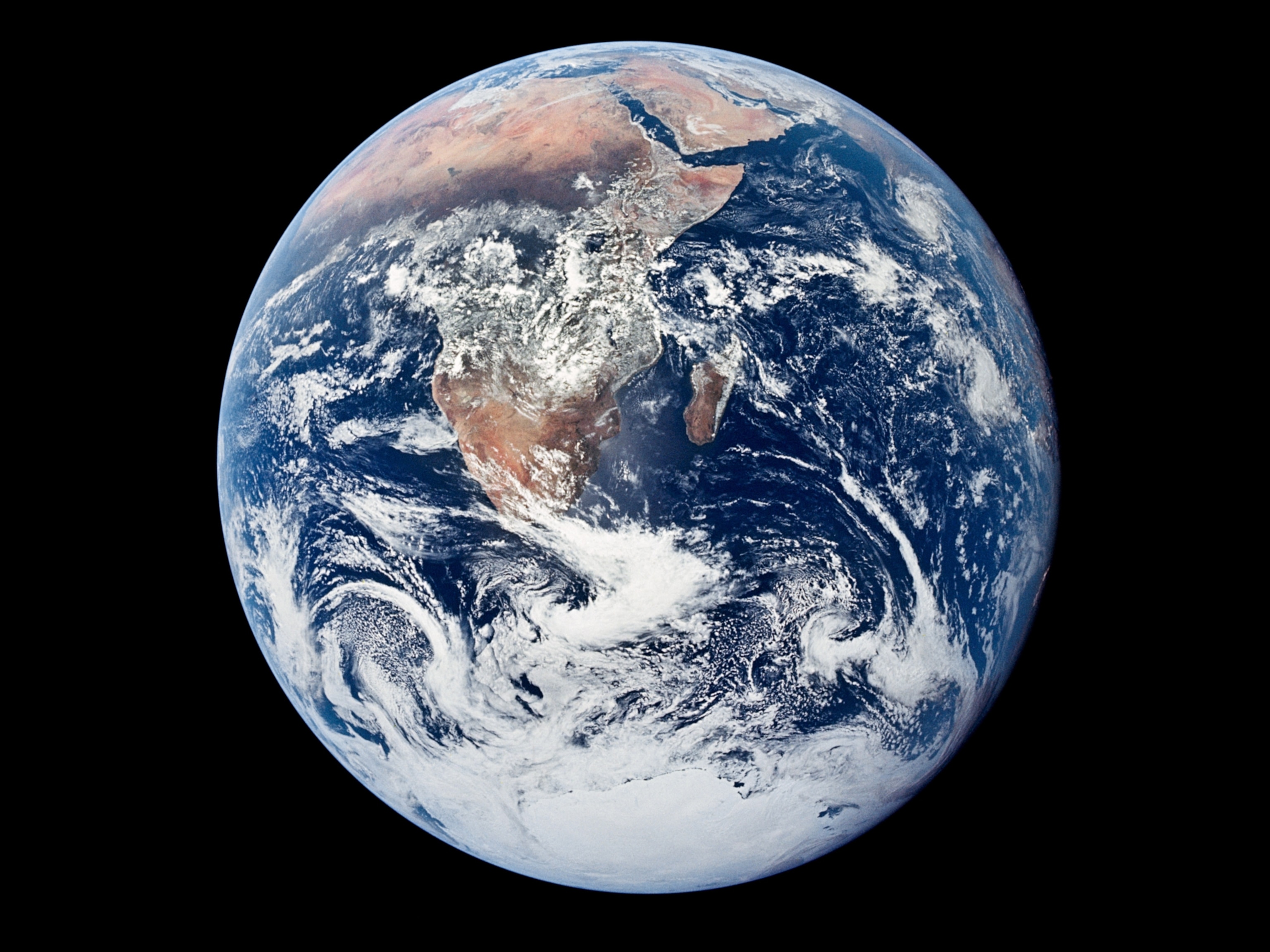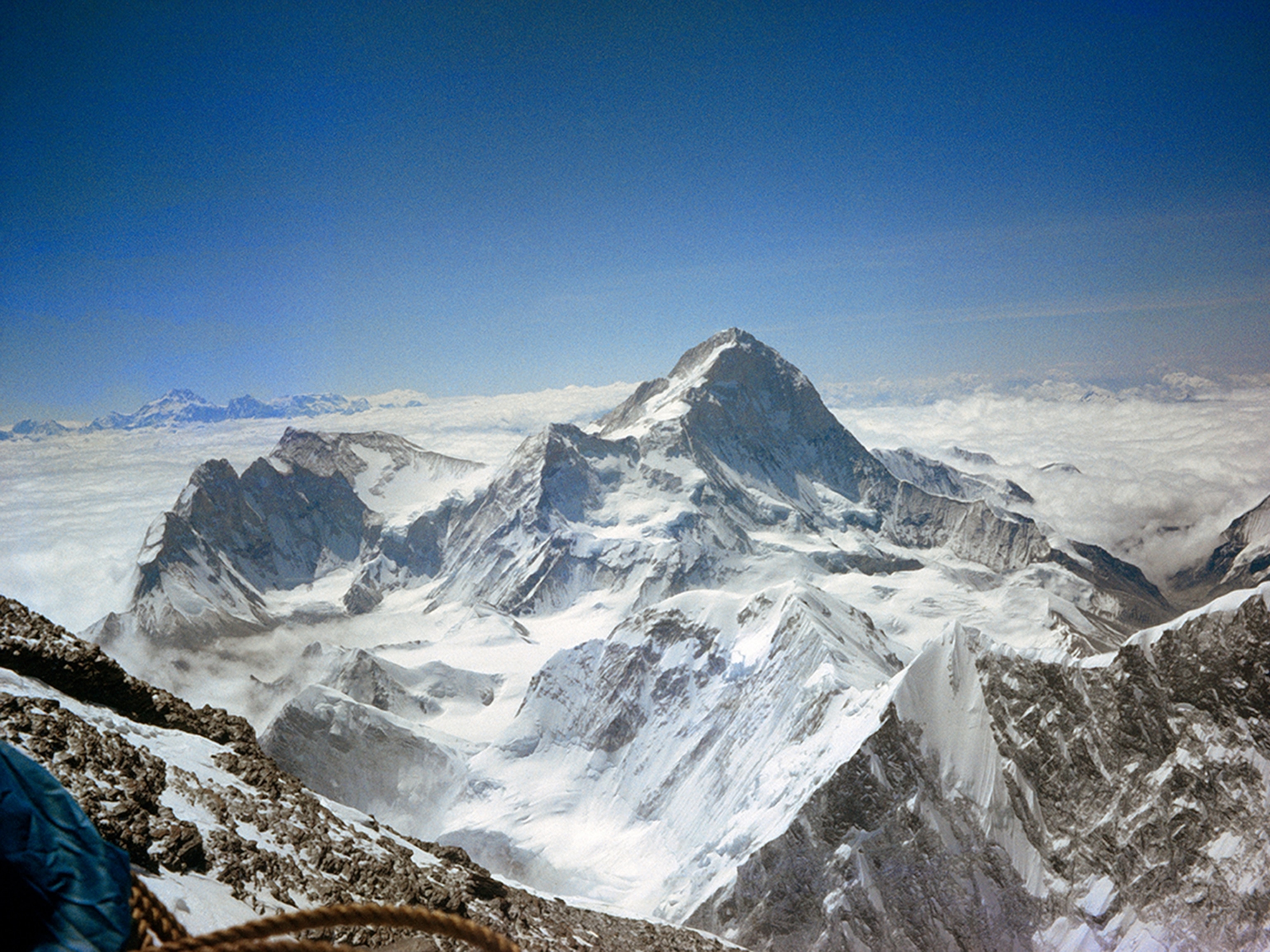
Arctic Search-and-Rescue Missions Double as Climate Warms
The changing Arctic and unpredictable weather make life more dangerous for residents and rescuers in Canada’s far north.
Joe Karetak heard broken propeller shrapnel whiz through the air as the blade of the sinking helicopter—sent to rescue him and his son, Joe Jr.—hit the ice. The chopper crashed into the floe somewhere outside the hamlet of Arviat on the western shore of Hudson Bay in Nunavut, Canada, a long way from everywhere. The pilot was frantically trying to get out of the cockpit. Twenty feet across the open water created by the crash, Karetak was powerless to help. He had already spent nearly 24 hours lost in a boat in the Arctic Ocean, and adrift on an ice floe, in frozen clothes at minus 70°F.
"This can't be happening," thought the Inuit hunter, then 53 years old. "This is just unbelievable."
The pilot managed to kick open the door and started swimming through the water toward him. Karetak reached out his harpoon and pulled the man onto the ice. He immediately wrapped him up in a parachute and sleeping bags, trying to save the man who had come to rescue him and his son. “I tried to heat him up with my body, talking with him to keep him from shock," Karetak says.
As climate change makes harsh northern weather patterns even less predictable, search-and-rescue missions in Nunavut, across some of the most remote and challenging terrain in the world, have more than doubled. Dylan Clark, a National Geographic Young Explorer and the lead author of a recent study published in the journal Public Health, says that his research demonstrates a strong relationship between more frequent missions and warmer northern temperatures.
“This has been talked about a lot by elders and hunters in the communities, but we were able to quantify that,” Clark says.
Clark, who recently finished his master’s thesis at McGill University in Montreal, and colleagues tracked gasoline sales in northern communities as an indicator of when people were most often out on snowmobiles. Their breakdowns frequently lead to search-and-rescue missions, especially in the shoulder seasons of autumn and spring when the weather changes quickly. Clark found that most search-and-rescue operations occurred when temperatures hovered at 26°F—a condition that is great for hunting on the ice, but not so great for keeping snowmobiles from overheating or hitting hidden rocks in the melting snow. And the warming climate means that, as more days are spent at an unusually mild 26°F, unpredictable conditions will deteriorate the terrain, cause more breakdowns, and increase the need for rescues.
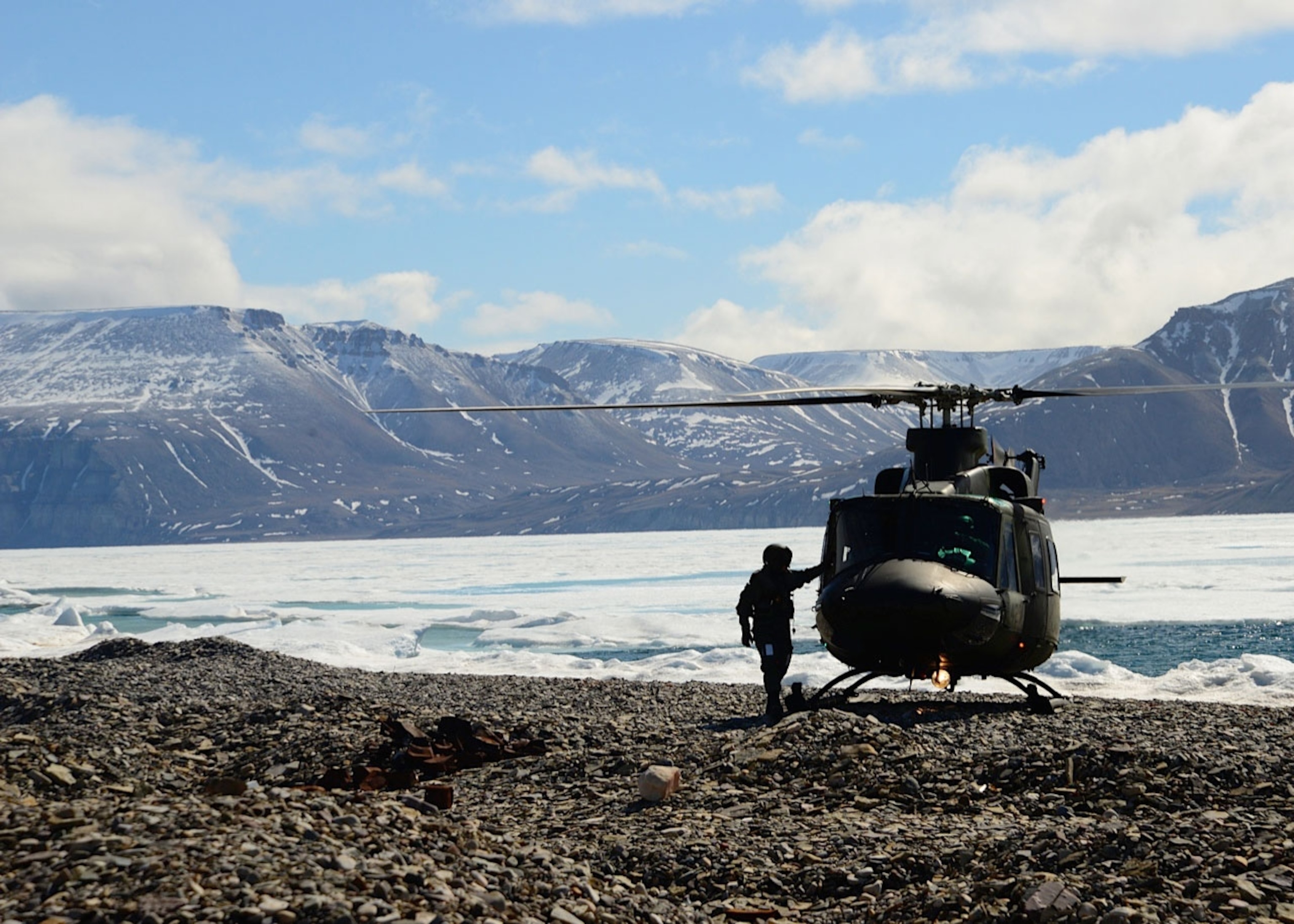
Keenan Lindell, Karetak's 46-year-old nephew who worked with Clark on a course meant to teach Inuit youth how to build igloos and hunt successfully, says part of the problem is the loss of traditional skills. GPS devices and other technology enable more people to get out on the land without ancestral survival and weather knowledge, but they are less able to fend for themselves when something goes wrong.
And lately, the traditional understanding of weather isn’t necessarily working the same way. “[Elders] are hesitant to pass on what they know to their family because, as one elder put it, 'The weather lies; it’s not the same anymore,’” Lindell says.
Karetak’s ordeal had started in 2013, when he and his son took advantage of "really mild" January weather—somewhere in the realm of minus 4°F to minus 20°F—to hunt seals. In the afternoon, the tide changed, pulling their boat away from the safety of the coast.
As one elder put it, 'The weather lies; it’s not the same anymore.'Keenan Lindell, Nunavut resident
Soaked from waves washing into the boat, they had to wait for the tide to push them back toward the coast. They chopped off the ice building up on the outside of the boat with a jackknife to keep from capsizing. But the freezing weather ended up helping them by forming new ice on the sea’s surface. Around 3:30 p.m.—dusk at this time of year—the ice was finally thick enough to walk on. They dragged the boat on foot all night toward the main chunk of ice, off the coast where they first set out, and from where other community members would find their abandoned snowmobiles and contact search-and-rescue authorities.
Just before they reached more solid ground, their fresh ice broke off from the mainland, and they were once again adrift. “My hands were frozen, my feet were frozen, my face was frozen,” Karetak says. Joe Jr. was a little better off because he hadn’t gotten wet, but the older man was in trouble. “My body started to struggle, I mean really struggle,” he remembers.
Waiting for an Emergency Call
With land as vast as the Canadian Arctic, it takes time to coordinate anything. The Joint Rescue Research Coordination Centre, based in Trenton in southern Ontario, plays a pivotal role in organizing an array of military planes, civilian volunteer searchers, and the Royal Canadian Mounted Police, or Mounties.
“That’s the biggest aspect of operating up north—the ranges,” says Captain Matt Neri, a Cormorant helicopter pilot in the Royal Canadian Air Force who has flown search-and-rescue missions for several years in the Arctic and Canadian Atlantic, including one recently involving the rescue of a lost politician and a crazy survival story. “There’s nothing up there.”
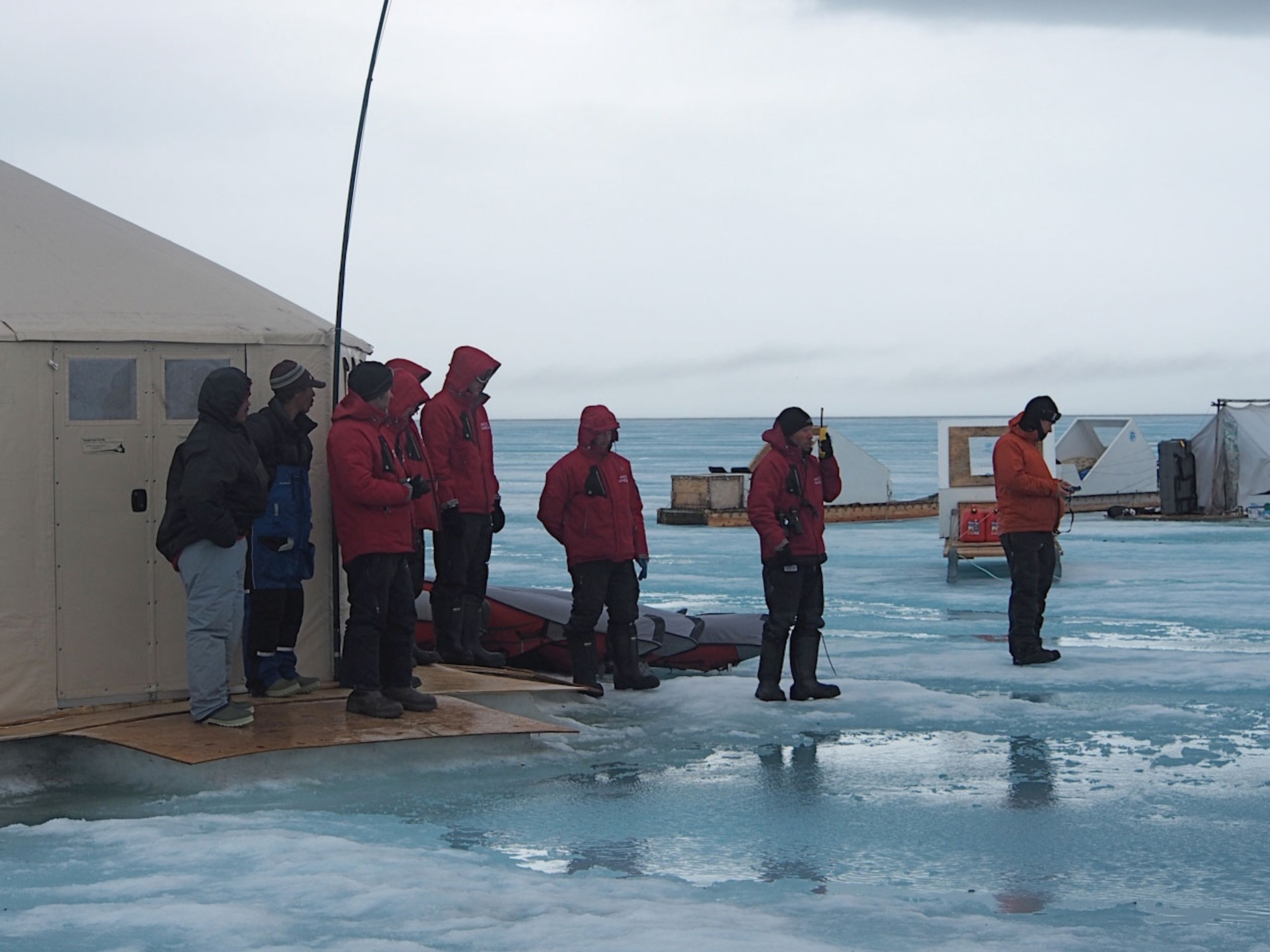
On his first aircraft mission, roughly six people were stranded after a helicopter crash 300 nautical miles north of Iqaluit, Nunavut’s capital. He started in a sunny, 70°F day in Greenwood, Nova Scotia, and landed in Iqaluit five hours later in 5°F and lots of snow. He grabbed the chopper that had been flown down overnight with another crew and took it another 2.5 hours to Pangnirtung, a village on Baffin Island popular with trekkers and adventurers, for a fuel stop before a final 1.5-hour push. Clouds covered the area and visibility was obscured (sometimes when he flies at night in the utterly barren landscape, his sight often gets lost in ambient light even with night-vision goggles). They eventually found the airstrip and landed in a big puff of snow next to a crashed helicopter that had been rolled up and twisted into a ball.
“It can get ugly pretty quickly there,” Neri says, adding that small choppers like the one that had crashed often couldn’t deal with ice in the air the way the larger Cormorants can. “It is a very hostile place.”
Peril in the Northwest Passage
Clark says that the majority of operations rescued northern people who are usually quite familiar with the land and conditions. Incidents involving tourists or others are still rare in comparison.
But climate change is opening up the Northwest Passage and making the area more accessible to shipping or tour companies.
In June 2013, the RCAF picked up about 30 people—the most rescued at one time in Nunavut’s recent history—from near Admiralty Inlet along the northeast coast of Baffin Island.
Ian Jones, a Melbourne surgeon who says he holds the world record for the most visits to Nunavut for an Australian, was one of them. On a wildlife tour with local adventure outfitters Arctic Kingdom, Jones’s group traveled out on the sea ice and set up camp several miles away from the water’s edge. They woke one morning to find the edge only 550 yards away, while 10 Inuit hunters they’d seen camped near the water had disappeared along with the ice.
Their guides decided they were safe to stay put, but the next morning, Jones’s GPS device indicated that the camp was no longer in the same position it had been when they went to sleep. “That suddenly changed our travel and photography adventure into a not-regular trip,” he says.
The 20 guides and tourists ended up drifting on an ice floe less than two miles long and a half mile wide. After 32 hours, their floe fortuitously ran aground and everyone managed to scramble onto the mainland.
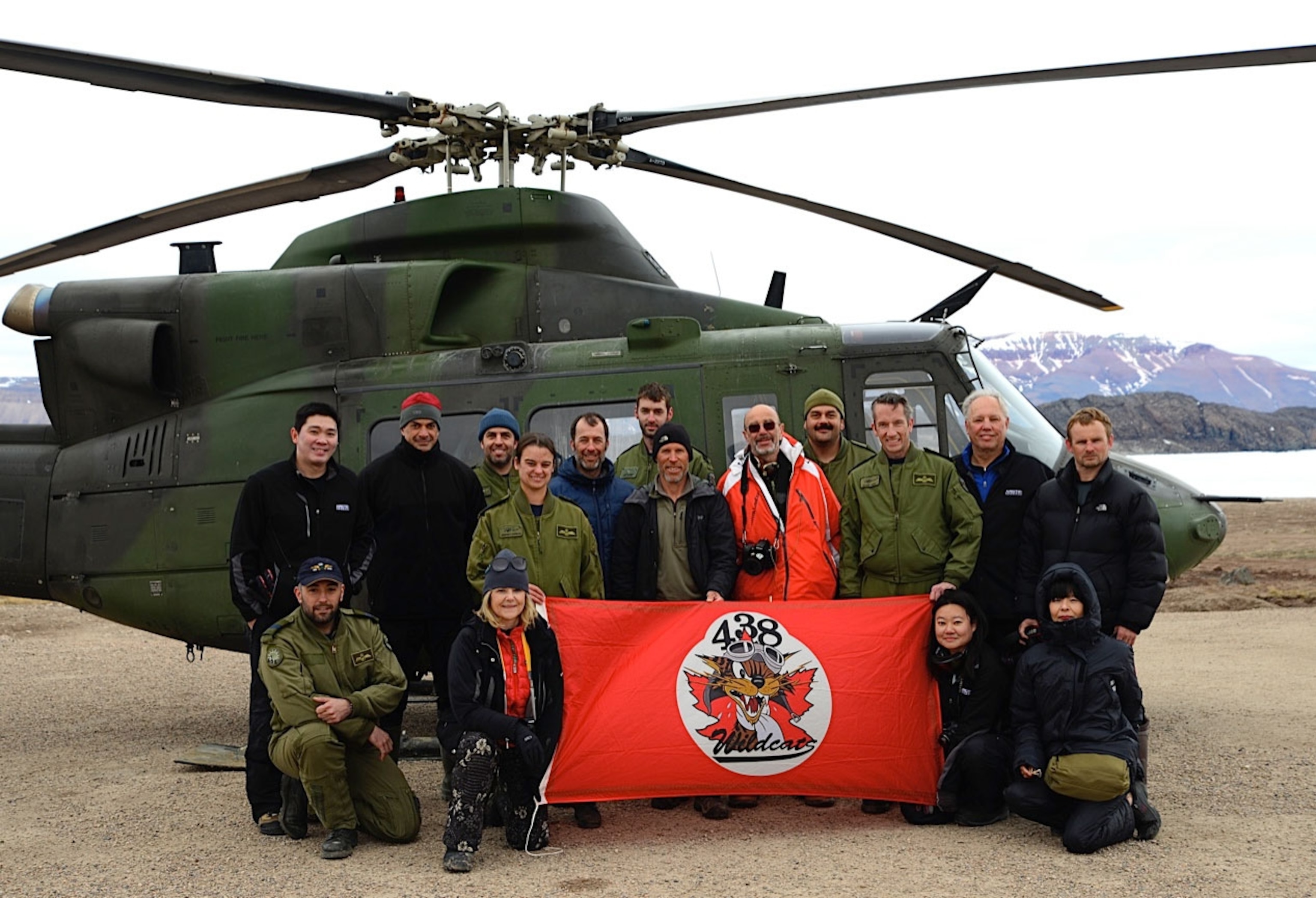
“We were effectively pretty safe by that point, but we were a long, long way from anywhere meaningful,” Jones says. The nearest potential rescue, a fleet of Canadian Armed Forces helicopters doing maintenance on Ellesmere Island, were 800 miles north, but they thought they could help.
- National Geographic Expeditions
Two military helicopters picked up 10 people per run, and by the time they rescued the Inuit guides, it wasn’t a moment too soon. Jones says they saw polar bears approaching from the south and from the north.
“It was like one of those Vietnam War movies when the choppers come over the horizon and approach,” Jones says. “In the end, it was something of an adventure, and an experience that hopefully won’t be repeated.”
Adjusting to a New Reality
Karetak, his son, and the pilot who nearly went down with his chopper had a happy ending as well. Another helicopter was able to rescue them in Hudson Bay. They were all chilled to the bone but uninjured, though Karetak, now 56, says that the incident has affected his weather tolerance.
“My body took such a beating that I can’t handle the cold anymore,” he says.
He agrees with the scientists’ finding that more people are getting stranded these days, and says climate change is forcing the Inuit to relearn things like the migration patterns of the animals they hunt.
“We’re just trying to adjust as hunters,” he says, adding that the global warming he was already sensing as a kid has accelerated in more recent years.
“I’m looking out at our meat rack,” a structure set up near his home to dry food, Karetak said in a phone interview last month. “There’s a bird [species] I’ve never even seen before.”



